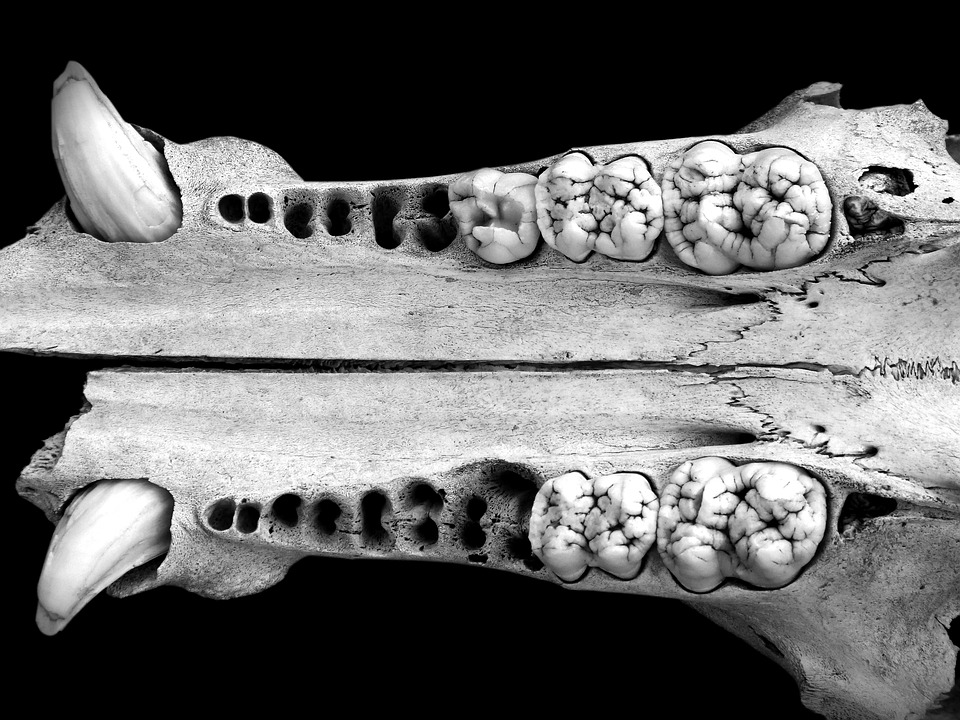The mandible is a robust bone that consists of a body, two rami (singular: ramus), and a prominent bony protuberance known as the chin. The body of the mandible forms the lower jawline, while the rami extend upwards to meet the temporal bones of the skull, forming the temporomandibular joint (TMJ). This joint allows for the movements of the jaw and is essential for functions such as speech and chewing.
One of the most distinctive features of the mandible is its role in determining the shape of the lower face. The size and positioning of the mandible can have a significant impact on a person’s overall facial appearance. A well-defined and symmetrical jawline is often considered a sign of youth and attractiveness, while a weak or recessed jawline can give the face a less defined or even aged appearance.
Aside from aesthetic considerations, the mandible also plays a crucial role in supporting the structures of the lower face. The lower teeth are anchored to the mandible, providing stability and function for activities such as chewing and speaking. Additionally, the mandible helps to protect the delicate structures of the lower face, such as the tongue, salivary glands, and airway.
Injuries or abnormalities affecting the mandible can have a significant impact on a person’s facial structure and function. Fractures of the mandible are relatively common, often resulting from trauma such as falls, sports injuries, or motor vehicle accidents. These fractures can lead to pain, swelling, difficulty chewing, and a change in facial shape. In severe cases, surgical intervention may be required to realign and stabilize the fractured bone.
In addition to fractures, other conditions such as temporomandibular joint dysfunction (TMD) or malocclusion (misalignment of the teeth) can also affect the function and appearance of the mandible. TMD can cause pain and discomfort in the jaw, face, and head, while malocclusion can lead to problems with chewing, speaking, and overall facial symmetry.
Understanding the crucial role of the mandible in facial structure can help us appreciate the complexity and interconnectedness of the bones and tissues that make up the human face. By maintaining good oral hygiene, seeking prompt treatment for any injuries or abnormalities, and working with healthcare professionals to address any concerns, we can ensure that our mandibles continue to support us in our daily activities and maintain the shape and function of our faces for years to come.






























Add Comment